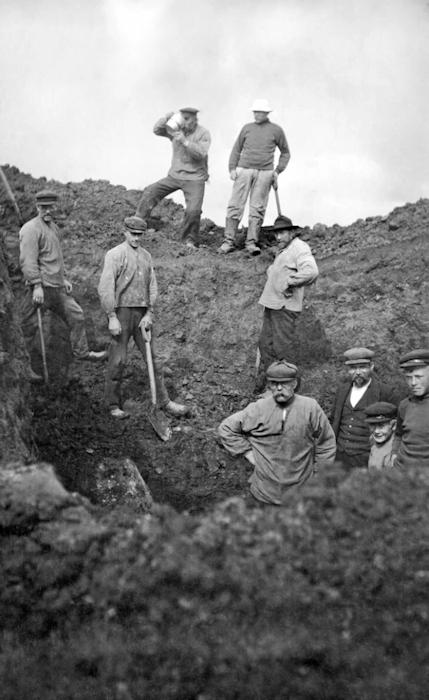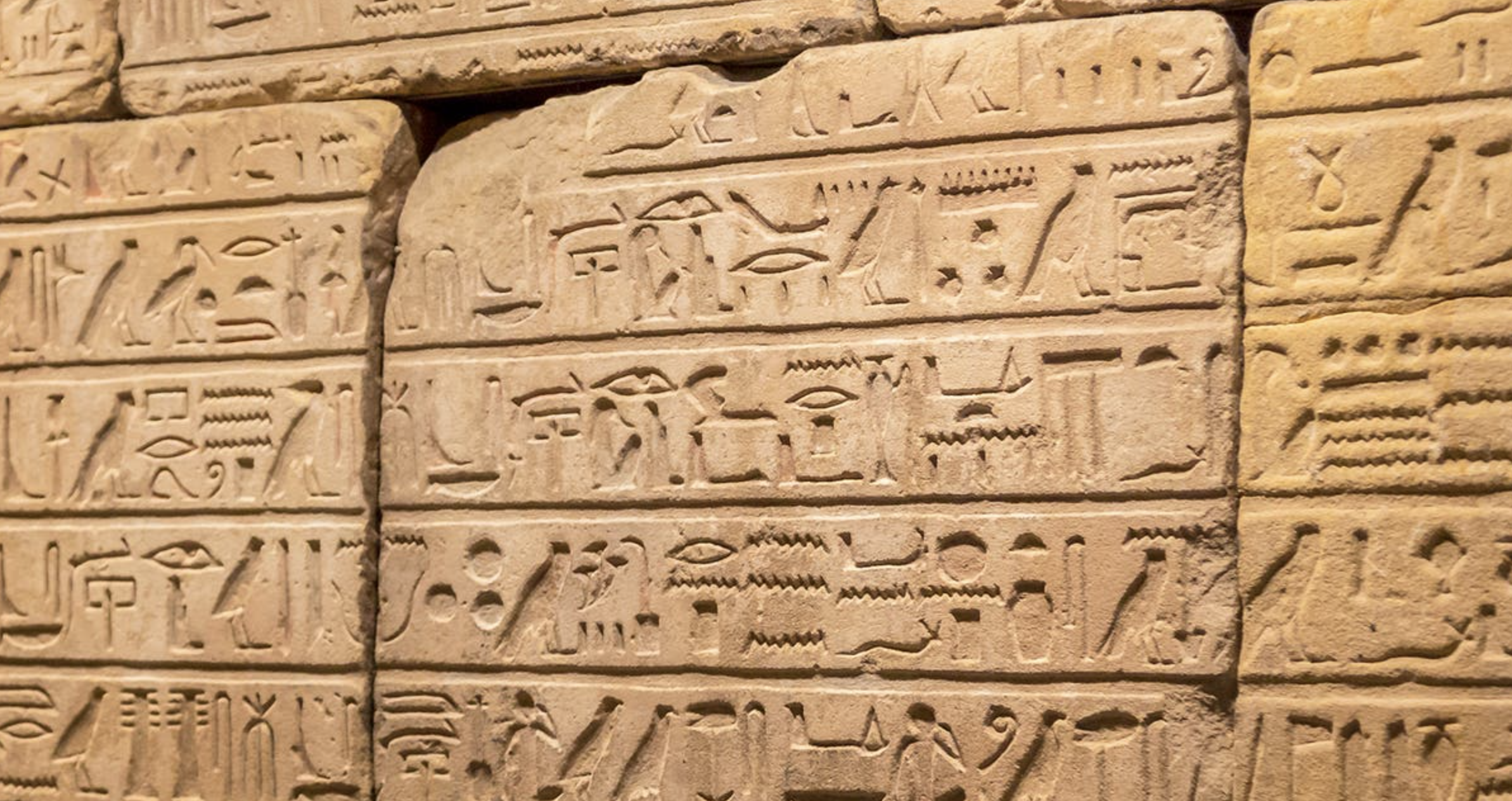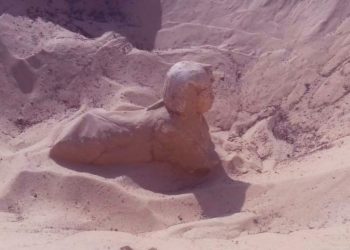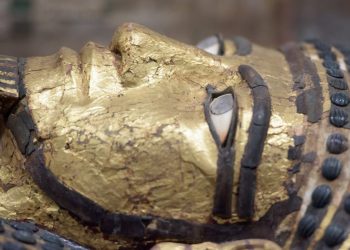Ground-Penetrating Radar Unveils a Major Discovery
Archaeologists in Norway, employing ground-penetrating radar technology, have unearthed a colossal 20-meter-long Viking ship in the Salhushaugen gravemound. This extraordinary find offers invaluable information about the Viking world and the history of the region, according to archaeologist Håkon Reiersen.
A Century Later: From Disappointment to Success
Over a hundred years ago, archaeologist Haakon Shetelig excavated the Salhushaugen gravemound in Karmøy, Western Norway, in search of a Viking ship. Despite only discovering 15 wooden spades and a few arrowheads, Shetelig remained unaware that he simply hadn’t dug deep enough.

A Meticulous Investigation Leads to a Breakthrough
In 2022, archaeologists used georadar to examine the area and stumbled upon something fascinating. Keeping their findings under wraps, they carefully analyzed the results, eventually unveiling the outline of a Viking ship. After a year of diligent research, they confidently confirmed their groundbreaking discovery.
Remarkable Similarities to the Celebrated Oseberg Ship
The georadar signals displayed a 20-meter-long ship with a shape strikingly akin to the renowned Oseberg ship, which measures 22 meters long and just over 5 meters wide. The newly discovered ship is situated in the center of the mound, exactly where a burial ship would have been placed.
Karmøy: Home to a Trio of Viking Ships
This latest discovery brings the total number of Viking ships in Karmøy to three, all dating back to the late 700s. The region, a historical center of power for over 3,000 years, is believed to be the home of the first Viking kings, according to Reiersen.
Viking Ship Unearthed
PhD student Massimiliano Ditta has reexamined the Storhaug ship excavation from 1886-87, discovering evidence suggesting it may have been a sailing ship rather than a rowing ship. If corroborated, this would make the Storhaug ship the oldest known Viking ship with a sail, challenging the current belief that the Oseberg ship holds that distinction.

A Spectacular Find and a Promising Future
This extraordinary discovery has generated enthusiasm among archaeologists and Viking history enthusiasts alike. While the timeline for a possible explorative excavation remains uncertain, the unearthing of this massive Viking ship has undoubtedly opened up new possibilities for research into the Viking culture and a deeper understanding of the region’s history.
Revelations About the First Viking Kings and Ship Burials
The three Viking ship graves in Karmøy indicate that this is where the first Viking kings resided, according to Reiersen. The burials of the more famous Viking ships Oseberg and Gokstad, excavated around 120 years ago, are dated to around 900 for Gokstad and 834 for Oseberg.
Reiersen believes that the Scandinavian ship grave tradition was established in Karmøy and then spread to other parts of the country. The regional kings who ruled in this area controlled the ship traffic on the west coast, forcing ships to sail through the narrow strait of Karmsund along what was known as Nordvegen – the way to the north. This is also the origin of the name of the country, Norway.
Unanswered Questions and Future Excavations
Although numerous Viking ships have been discovered, not all will be excavated immediately. The decision regarding the ship found in Borre is to postpone excavation until work on the Gjellestad ship is completed. According to archaeologist Christian Løchsen Rødsrud, funding from the private sector could potentially play a role in future excavation projects.
The Influence of Georadar on Archaeology
The Gjellestad Viking ship was the first to be discovered using georadar technology, opening up a new era for archaeologists. Other Viking ships have also been recently found using georadar at Edøy in Western Norway, at Borre in Eastern Norway, and possibly through the presence of abundant rivets at Jarlsberg in the same region.
Rødsrud believes their work has encouraged a new generation of archaeologists to refocus their attention on burial mounds and further explore the Viking Age.
A Glimpse into the Lives of the Powerful Viking Kings
The kings buried in the three Viking ships of Karmøy were a powerful group, ruling in a region where power was maintained for thousands of years. The village of Avaldsnes in Karmøy was home to the Viking King Harald Fairhair, who is credited with uniting Norway around the year 900.
The Storhaug Mound: A Testament to Wealth and Power
The Storhaug mound is the only Viking Age grave in Norway where a gold arm ring has been discovered, emphasizing the importance and wealth of those buried there. Reiersen asserts that it wasn’t just anybody who was buried in the Storhaug mound.
Unraveling the Mysteries of Viking Culture
This spectacular find has captivated the interest of everyone involved in Viking culture research. The discovery of the Karmøy Viking ship not only sheds light on the lives of the earliest Viking kings but also opens the door to further exploration and understanding of this fascinating historical period. With continued research and excavation, more secrets of the Viking world may be revealed, enriching our knowledge of this extraordinary culture and its impact on history.











